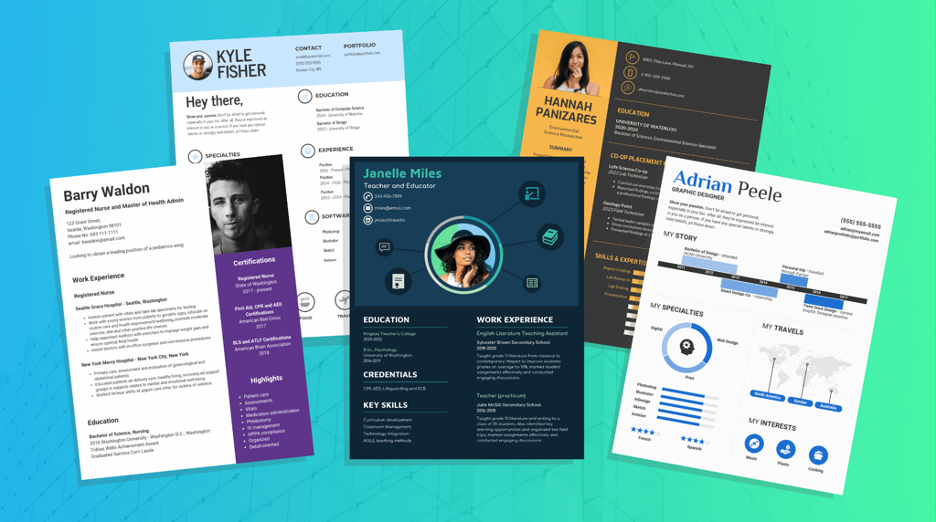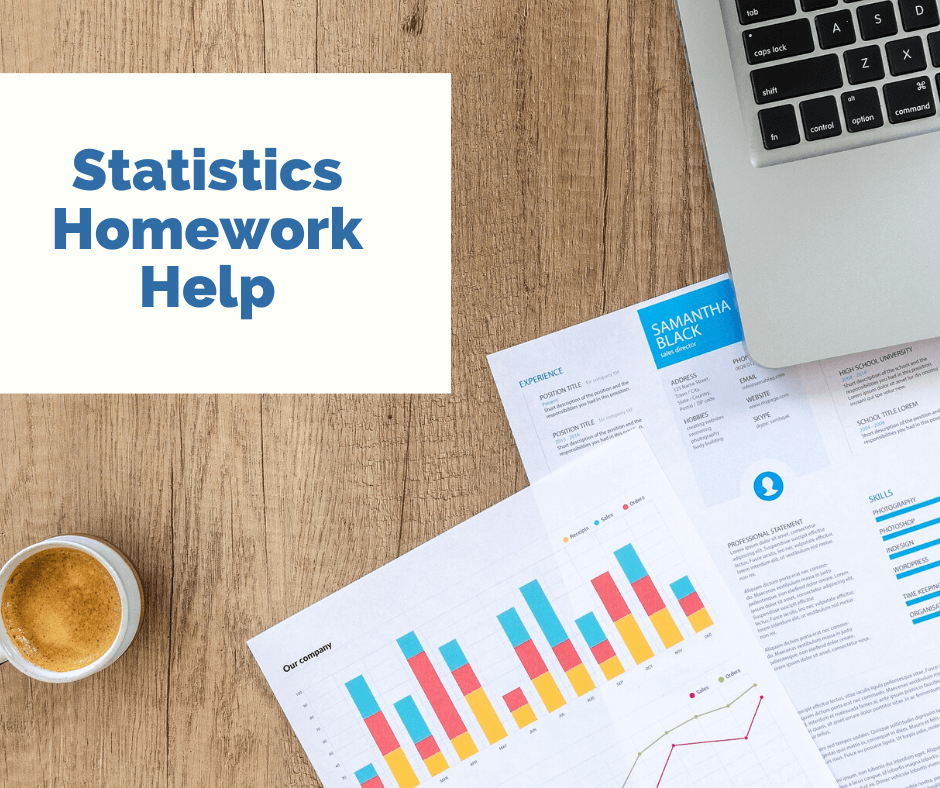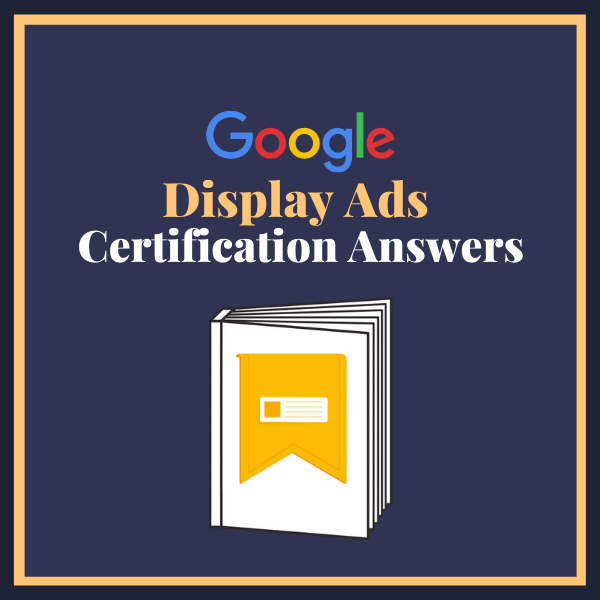In today’s fast-paced digital landscape, Facebook has emerged as one of the most influential platforms for businesses looking to expand their reach and engage with potential buyers. Beyond social networking, it has evolved into a powerful e-commerce channel where entrepreneurs, small business owners, and established brands can sell products directly from their Facebook Pages. If you’re eager to tap into this immense opportunity, this comprehensive guide will help you set up, manage, and optimize your product sales on the platform.
1. Establishing Your Business Presence on Facebook
If you haven’t already, begin by creating a dedicated Facebook Page for your business. Ensure you choose a Page category that reflects your niche, and fill out your profile with relevant details—contact information, website links, and a concise yet compelling “About” section. A polished and professional Page helps build credibility and trust among potential customers. To stand out in a competitive marketplace, consider enhancing your Page’s visuals by using high-quality cover images, logos, and product photographs that embody your brand’s identity.
2. Setting Up Your Facebook Shop
Once your Page is ready, it’s time to enable the Shop tab. Facebook often requires you to meet certain eligibility criteria, such as having a valid tax identification number and adhering to community standards. Once approved, upload product images, input descriptions, pricing details, and organize your products into collections. Pay close attention to product photography and descriptions—detailed, well-lit images and informative descriptions can significantly increase conversions.
3. Building Your Audience and Engagement
A thriving Facebook Page is one that attracts and retains potential customers. Engage with your audience by posting regular content that informs, entertains, and educates. Highlight your unique selling points, share behind-the-scenes looks at your operations, and encourage user-generated content (like customer testimonials and unboxing videos). Interacting with your audience by responding to comments and messages in a timely manner fosters a sense of community and loyalty.
Additionally, consider strategies to grow your audience. For example, some marketers choose to buy Facebook page likes to rapidly increase their page’s initial following. This approach can help new businesses build initial credibility and visibility, making it easier to organically attract genuine customers over time.
4. Leveraging Facebook’s Advanced Selling Tools
As your operation expands, tap into the Commerce Manager, which allows you to organize product catalogs and track orders. Integrate your Facebook Shop with other platforms like Instagram Shopping to reach more potential buyers. With cross-platform selling, you can showcase your products to multiple audiences, increasing the chances of turning casual browsers into paying customers.
Read more : How Pain Management
5. Promoting Products with Facebook Ads
to drive traffic to your Facebook Shop, consider running targeted ad campaigns. Facebook Ads Manager lets you define specific audience segments based on demographics, interests, and past shopping behaviors. Whether you’re retargeting users who previously interacted with your Page or reaching out to potential new customers, finely tuned ads can significantly boost sales. Experiment with different creatives, headlines, and offers. A/B testing ensures you learn what resonates best with your audience, helping you continuously refine your approach.
6. Hosting Live Selling Events and Q&A Sessions
Facebook Live events offer a unique avenue to connect directly with viewers, answer questions in real-time, and highlight the features and benefits of your products. These interactive sessions help build trust and authenticity while providing prospects with tangible reasons to make a purchase. As you gain experience, consider special promotions or limited-time discounts during your livestream events, encouraging viewers to convert into customers on the spot.
7. Tracking Performance and Refining Your Strategy
Regularly analyze your sales data, engagement metrics, and advertising results. Identify patterns and trends—are certain products performing better than others? Are customers responding positively to seasonal promotions or limited-edition releases? By understanding these insights, you can adjust your strategies, optimize your ad spends, and fine-tune your product offerings to align with buyer preferences.
Conclusion
Successfully selling products from your Facebook Page combines several elements—solid branding, well-curated product presentations, strategic audience building, and savvy promotion. With careful planning, consistent engagement, and the willingness to adapt, you can turn your Facebook Page into a thriving online storefront. Over time, as your brand recognition and community grow, you’ll find that Facebook offers not only a platform for sales but also a foundation for lasting customer relationships.


